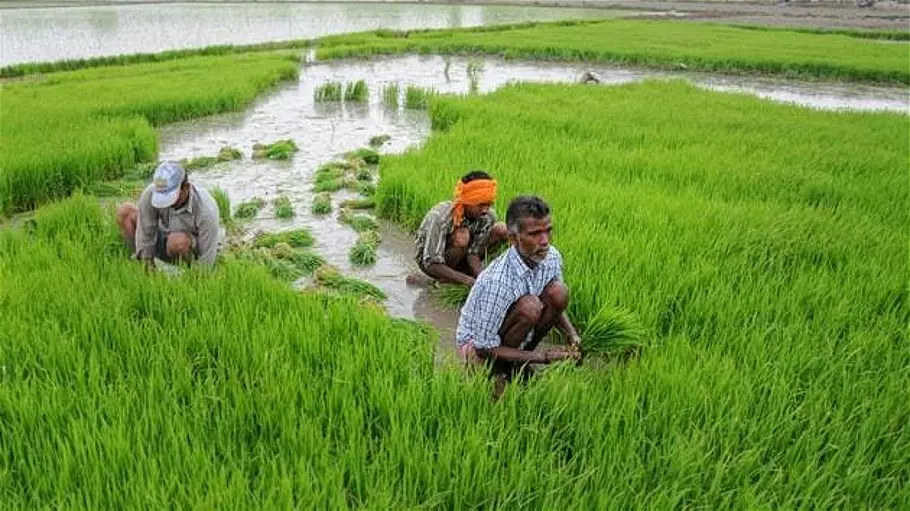
How biofortification can tackle undernourishment better
Breeding plants for enhanced levels of micronutrients is an economical and less disruptive way of tackling hidden hunger, says Ravinder Grover of Harvest Plus

Breeding plants for enhanced levels of micronutrients like iron, zinc and Vitamin A is an economical and less disruptive way of tackling hidden hunger or undernourishment, says Ravinder Grover, the Asia Region Director of Harvest Plus.
Harvest Plus, a programme of the Consultative Group on International Agricultural Research (CGIAR), is a network of 15 research centres responsible for significant innovations in agriculture including the Green Revolution.
Harvest Plus was founded in 2003 by Howard Bouis, who pioneered biofortification in the 1990s. He was awarded the World Food Prize in 2016.
Since its inception 20 years ago in the United States, Harvest Plus has reached out to 100 million people engaged in farming with about 400 biofortified varieties of staples, Grover said in an interview to The Federal. Its target is to reach one billion by 2030.
Grover is hopeful of achieving the target with the partnerships Harvest Plus has developed and the expertise it has gained.
Battling undernourishment
There are many ways of tackling undernourishment. Industrially fortified food is one of them.
India puts Vitamin A and D in milk, iodine in salt and supplies iron-rich reconstituted rice to anaemic people. Supplementation with, say, zinc tablets or vitamin pills is another way. A diversified diet is the best way of taking in the nutrients that the body needs but which the poor cannot afford.
Growing biofortified crops helps small holder farming families to ward of undernourishment as they tend to consume most of what they produce. These nutrition enhanced cereals look, taste and feel like those than have not been enhanced and require no additional effort to grow. Since the seeds are of open pollinating varieties, farmers can save grain and use them as seed for the next sowing.
Grover says Harvest Plus has developed about 400 fortified varieties of staples. It works in partnership with national agricultural research systems and sees its role as a catalyst.
India is promoting biofortification. The Indian Council of Agricultural Research has a common resource platform since 2015 through which it has developed 114 biofortified varieties, said AK Singh, Director, Indian Agricultural Research Institute (IARI), Delhi.
Depending on regional consumption patterns and ways of cooking, Harvest Plus determines the extent to which staples need to be fortified to achieve the targeted recommended daily requirements of a nutrient. Grover says consumption of the varieties it has developed enables people to meet between 40 per cent and 100 per cent of their daily dietary requirements.
Biofortified crops
Paying higher prices to farmers for biofortified crops and having the testing infrastructure at procurement yards to measure the nutritional content of foodgrains would help promote their cultivation. To begin with, the Food Corporation of India, which supplies rice and wheat to school children for mid-day meals and to Anganwadis, should change its procurement process so that biofortified grains are procured and packed distinctively.
Grover said his organisation works with start-ups and small and medium enterprises because they are agile, but he would like big consumer staple companies to jump in.
The world over about 3.1 billion people are estimated to suffer from hidden hunger, according to “The State of Food Security and Nutrition in the World, 2023” report of the Food and Agriculture Organisation. This is 42 of the world’s population.
There was a slight increase in the number of undernourished people compared to pre-pandemic 2019 because of the war in Ukraine, rising food and agricultural input prices, and the cost of energy.
In India, the report said, 233.9 million people were undernourished during 2020-22.

